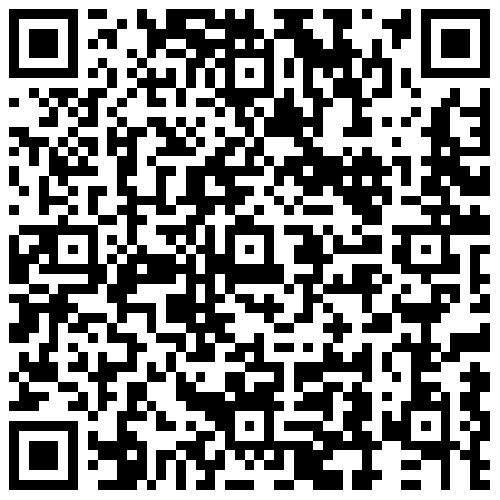2 Ways to Jump-Start Your Child’s Learning with ABC Patterns
by Thomas, Jun 22 2022
As adults, you and I know and can explain that a pattern is the arrangement of things in a repeating fashion. We weren't born with that knowledge; we learned it so long ago that now we 'know without knowing,' the same way we learned how to speak our native languages or to walk. Reaching this step of 'knowing without knowing' is an important part of children's early mathematical learning. More than that, it can promote the development of their logical thinking and problem-solving abilities. However, in practice, we often focus more on children's learning of numbers and shapes and neglect the exercise of pattern-cognitive skills. This article will help you guide your child to play with ABC patterns at home.
1. Learning in the Right Order
Developing pattern-cognitive skills happens in a clear and well-known sequence. Children are generally able to recognize the units of patterns first, and then they learn to copy, fill, and even create patterns. Therefore, games should be designed and played in that order, from easy to difficult. During these games, special attention should be paid to guiding your child to identify the repeating units in the pattern. When they find it difficult to identify the units, they can try to read out the elements instead. Try these ABC pattern activities below to see what we mean.
Paper Bag Printing
Grab some paper bags - white or brown will work best for this activity - and some paints or colored markers. Create patterns on the bag, then let your child identify the pattern. For example, paint a red, blue, red, blue pattern, and have them name the colors. Then let them copy the pattern on the bag. When they get more comfortable with identifying and copying patterns, switch roles! Let them create their own patterns and you can identify them in turn.

Stacking Patterns
Prepare block pieces or blocks of different colors and shapes. First, set up two stacks of blocks in an ABC pattern, and then have your child stack their own blocks according to the pattern. Challenge them to see how high they can build without breaking the pattern.

2. Using Multiple Senses
Patterns aren't limited to purely visual things - they can be auditory, or even physical movements. Try playing rhyming games with your child, or sing children's songs like "The Wheels on the Bus" together. Have them use their hands and arms to move along with the actions of the song, too.
Games like 'Simon Says' and books like "The Very Hungry Caterpillar" can also play into this idea. When it comes to using ABC patterns to practice, only your imagination is the limit.

 Successful
Successful